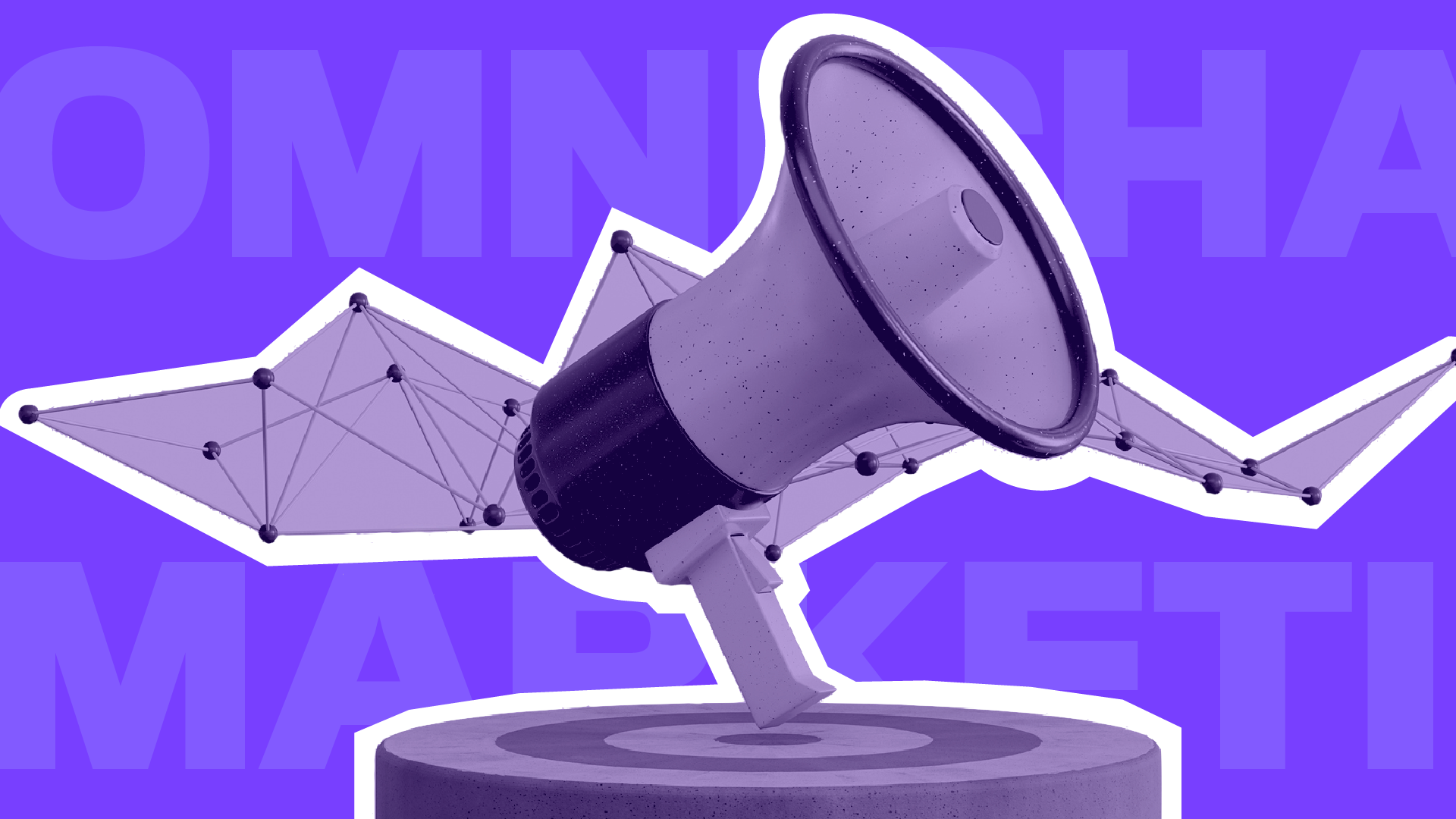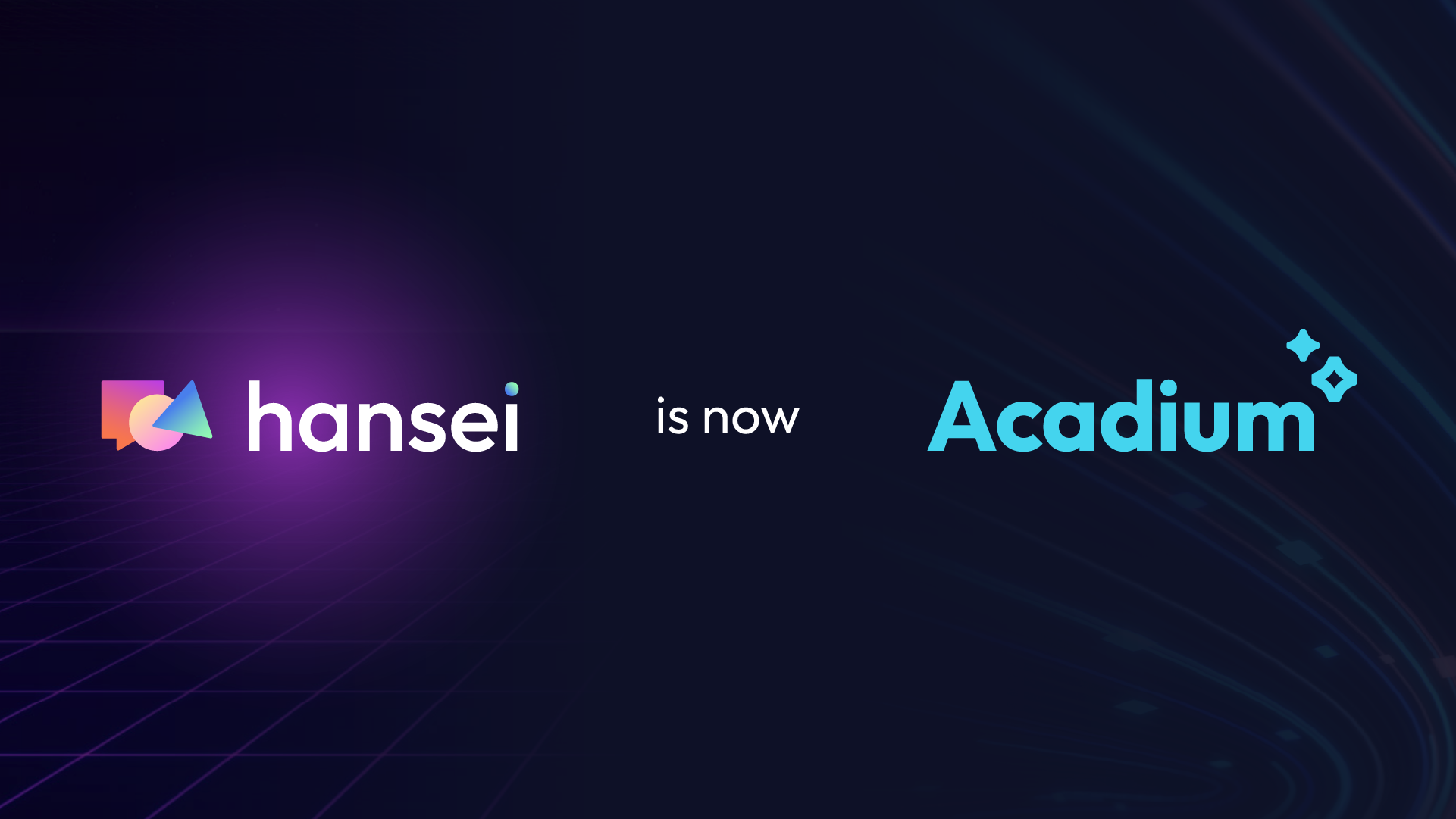At the end of June 2024, Over 4,000 Title III ADA lawsuits were filed in federal courts for failures in website access — which increased significantly by the start of 2025. With updates to accessibility laws in the Americas and Europe taking effect in the next two years, it’s more important than ever for institutions to have a clear path for compliance and digital accessibility.
Today, we’ll examine a few key accessibility trends, and how you can use these insights to inform strategy for updates, upgrades, or overhauls for your current online assets.
2024 Trends
California led the way in 2024, with 1,588 ADA Title III filings. Close behind was New York (1,106 lawsuits), with Florida, Texas, and Pennsylvania rounding out the top five for ADA lawsuits. The lawsuits spanned a range of issues under both Title II and Title III of the ADA:
- Websites with communication barriers, such as lack of closed captioning or inaccessible online documents.
- Excluding people with hearing or visual disabilities, such as missing image alt text, poor color contrast, screen reader compatibility, and other assistive technologies.
Even though accessibility — in both physical and online spaces — has come a long way, the projected rise in lawsuits in 2024 underscores the need for continued focus in 2025. Many organizations are struggling to meet accessibility standards, and new laws are condensing timelines and strengthening requirements.
What’s influencing the rise in lawsuits?
A lack of awareness about ADA compliance and digital accessibility requirements continues to leave many businesses at risk of legal action in 2025. Small businesses are particularly at risk, with 77% of ADA lawsuits in 2023 targeting companies with under $25 million in revenue.
Another possible reason for the uptick in legal risk is the introduction of new and updated accessibility standards, many of which organizations are unaware of.
- For example, recent updates to Title II of the ADA require state and local government programs and services to make their online services and information accessible to individuals with disabilities.
- Additionally, Section 504 of the Rehabilitation Act has established the Web Content Accessibility Guidelines (WCAG) 2.1 Level AA as the accessibility standard for entities receiving federal funding, as determined by the Department of Health and Human Services.
These changes have increased the legal exposure for organizations that haven’t updated their websites or systems to comply with new technical standards.
Reduce your Risks in 2025
To avoid becoming a website accessibility lawsuit statistic in 2025, you should take proactive steps to improve your website’s accessibility and comply with ADA requirements.
As a best practice, aim to conform with the accessibility standards outlined in WCAG 2.1 Level AA. These guidelines are considered the international standard for creating accessible web designs and cover everything from color contrast and keyboard navigation to ensuring images include alt text. Following WCAG 2.1 can help you significantly lower your legal exposure while making your digital spaces more inclusive.
As we discussed above, one reason organizations are sued is because they don’t know which compliance requirements they have to follow, which puts them at significant risk. Start by understanding which accessibility standards apply to your organization. If your organization operates within the U.S., you must comply with the ADA. However, there may be some additional accessibility requirements you need to meet on a state level, especially in California.
Accessibility shouldn’t be an afterthought — it should be part of your content creation process. Embedding accessibility into your design and development workflows helps you ensure your content is accessible from the start, saving you a significant amount of time and effort later on.
Regular testing is essential to catch issues before they become a problem. Using free tools like an accessibility scanner can help you find common accessibility issues, enabling you to take proactive steps to fix them.
Finally, accessibility needs to be more than just a checklist — it should be a core part of your organization’s values and processes. By prioritizing accessibility in every part of your business, you not only reduce your legal risk but also demonstrate a commitment to inclusion that resonates with customers, employees, and the broader community.
How UNINCORPORATED Can Help
Accessibility isn’t just a legal obligation; it’s a business opportunity that allows you to build trust and loyalty while making a meaningful impact. At UNINCORPORATED we specialize in creating accessible, user-friendly digital experiences.
After working with USC’s Dornsife College, we delivered a fully accessible student website. This digital property adhered to WCAG standards, ensuring prospective students with disabilities could access vital information seamlessly.
For Alzheimer’s Therapeutic Research Institute (ATRI), we developed an AI-powered chatbot to make research materials more accessible to their team. Such innovations can be adapted to patient portals and healthcare websites to enhance accessibility.
AARP leveraged our expertise to design more engaging and accessible webinars for caregivers, ensuring content met diverse user needs.
Here’s how we can support your accessibility goals:
- Web Design & Development: Our team builds intuitive, high-conversion websites that prioritize accessibility from the ground up.
- Digital Strategy: We help institutions modernize their operations and stay compliant with accessibility laws.
- Content Development: From captions to descriptive alt text, we craft content that aligns with accessibility standards.
Web accessibility is a legal, ethical, and business imperative that impacts your institution’s reputation, engagement, and inclusivity. Ready to make your website accessible? Contact us to learn how we can help.


